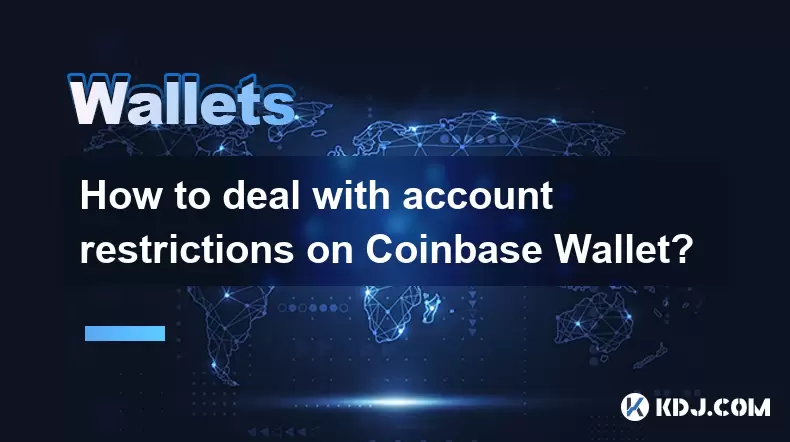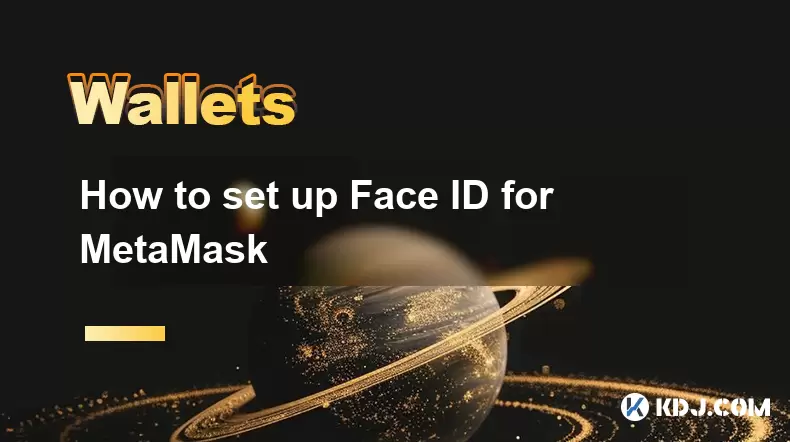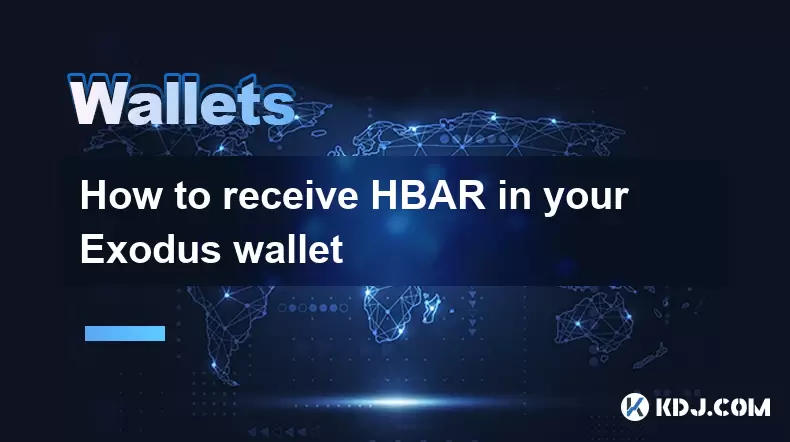-
 Bitcoin
Bitcoin $120300
1.24% -
 Ethereum
Ethereum $4311
2.06% -
 XRP
XRP $3.197
0.16% -
 Tether USDt
Tether USDt $1.000
0.01% -
 BNB
BNB $805.1
0.34% -
 Solana
Solana $179.6
-1.14% -
 USDC
USDC $0.9998
0.00% -
 Dogecoin
Dogecoin $0.2303
-1.21% -
 TRON
TRON $0.3442
1.08% -
 Cardano
Cardano $0.7938
-1.23% -
 Hyperliquid
Hyperliquid $44.55
-0.69% -
 Chainlink
Chainlink $21.81
-2.59% -
 Stellar
Stellar $0.4436
0.05% -
 Sui
Sui $3.728
-3.42% -
 Bitcoin Cash
Bitcoin Cash $586.5
2.00% -
 Hedera
Hedera $0.2530
-2.62% -
 Ethena USDe
Ethena USDe $1.001
-0.02% -
 Avalanche
Avalanche $23.65
-1.46% -
 Litecoin
Litecoin $124.5
-0.71% -
 Toncoin
Toncoin $3.384
1.63% -
 UNUS SED LEO
UNUS SED LEO $9.001
-0.44% -
 Shiba Inu
Shiba Inu $0.00001321
-2.42% -
 Uniswap
Uniswap $10.87
-2.31% -
 Polkadot
Polkadot $3.956
-2.80% -
 Cronos
Cronos $0.1681
4.79% -
 Dai
Dai $1.000
-0.01% -
 Ethena
Ethena $0.8090
1.30% -
 Bitget Token
Bitget Token $4.425
-0.55% -
 Monero
Monero $272.6
3.08% -
 Pepe
Pepe $0.00001169
-2.54%
How to deal with account restrictions on Coinbase Wallet?
If your Coinbase Wallet is restricted, check email for details, verify identity, disable VPNs, and use your 12-word recovery phrase to restore access on a new device.
Aug 11, 2025 at 08:43 pm

Understanding Account Restrictions on Coinbase Wallet
Account restrictions on Coinbase Wallet can be confusing and frustrating, especially when access to digital assets is limited. It's essential to recognize that Coinbase Wallet operates independently from the main Coinbase exchange, but certain security and compliance policies may still affect wallet functionality. Restrictions typically arise due to suspicious activity, verification issues, or violations of terms of service. These measures are enforced to comply with regulatory standards and prevent fraud. Users may notice limitations such as being unable to send or receive assets, restricted access to transaction history, or inability to connect decentralized applications (dApps).
Identifying the Type of Restriction
The first step in resolving a restriction is identifying its nature. Users should check their email associated with the Coinbase Wallet account for any official notifications from Coinbase. Common restriction types include:
- Temporary lock due to multiple failed login attempts
- Suspension related to suspicious withdrawal patterns
- Limitations triggered by incomplete identity verification
- Restrictions from linking to high-risk external platforms
Each restriction carries a specific reason, often detailed in the notification. For example, if unusual login locations are detected, the system may freeze certain functions until identity confirmation is completed. Reviewing the exact message helps determine the appropriate recovery path. Users should never ignore these alerts, as prolonged inaction may lead to permanent limitations.
Steps to Resolve Verification-Related Restrictions
If the restriction stems from identity verification failure, immediate action is required. Although Coinbase Wallet is non-custodial and doesn’t always require KYC, certain integrations with Coinbase.com or fiat gateways may trigger verification demands. To resolve this:
- Open the Coinbase app and log in using the same credentials linked to the wallet
- Navigate to the "Settings" section and select "Verification"
- Follow the prompts to upload a government-issued ID such as a passport or driver’s license
- Complete a live selfie verification if requested to confirm identity
- Wait for confirmation, which may take up to 72 hours
Ensure all submitted documents are clear, unexpired, and match the registered account details. Blurry images or mismatched names can delay processing. Users should also confirm that the email and phone number on file are current and verified within the app.
Addressing Security Triggers and Unauthorized Access Alerts
Security-based restrictions often occur after unrecognized device logins or VPN usage. Coinbase systems monitor access patterns and may restrict accounts showing signs of compromise. To regain access:
- Disable any active VPN or proxy services before logging in
- Use a trusted device and stable network connection
- Initiate a password reset through the official Coinbase website
- Confirm the reset via the registered email and two-factor authentication (2FA) method
- Review recent activity in the "Security" settings to identify unfamiliar sessions
If 2FA is enabled via an authenticator app, ensure the device is accessible. In cases where the 2FA device is lost, users must go through account recovery procedures, which may involve submitting additional proof of ownership. Never share recovery phrases or 2FA codes with anyone, as this could lead to irreversible asset loss.
Recovering Access After Device Loss or App Issues
Losing access to the device where Coinbase Wallet is installed doesn’t mean losing funds, thanks to the recovery phrase. However, attempting to restore the wallet on a new device without proper steps can trigger security flags. To safely recover:
- Install the Coinbase Wallet app on a new smartphone or tablet
- Choose the "Restore Wallet" option during setup
- Enter the 12-word recovery phrase exactly as recorded—order and spelling are critical
- Avoid typing the phrase on any internet-connected device not fully trusted
- Once restored, verify asset balances and transaction history
If the recovery phrase is lost, access cannot be restored by Coinbase, as the wallet is non-custodial. Users should treat the recovery phrase like a physical key—store it offline in a secure location such as a fireproof safe or hardware wallet vault. Screenshots or cloud storage increase the risk of theft.
Contacting Coinbase Support for Persistent Restrictions
When self-resolution fails, contacting Coinbase Support becomes necessary. Navigate to the Help Center within the Coinbase app or visit support.coinbase.com. Select the issue category matching the restriction, such as "Account Access" or "Wallet Issues". Submit a detailed request including:
- Full name and registered email address
- Description of the restriction and when it occurred
- Screenshots of error messages (if applicable)
- Previous verification attempts or recovery steps taken
Support responses typically arrive within 24–48 hours. Users must remain patient and avoid submitting duplicate tickets, which can delay resolution. In complex cases, a support agent may request additional documentation, such as proof of address or recent transaction records.
Frequently Asked Questions
Can I use Coinbase Wallet without a verified Coinbase account?
Yes, Coinbase Wallet can be used independently without linking to a Coinbase.com account. However, certain features like buying crypto with fiat, using the dApp browser for exchanges, or transferring funds between accounts may require a verified Coinbase profile.
Why does my Coinbase Wallet show a restriction even though I never linked it to Coinbase.com?
Restrictions may appear if the wallet app was downloaded through the Coinbase ecosystem or if you attempted to connect to a service requiring KYC. Even standalone wallets can inherit flags from associated email or device histories.
Will Coinbase restore my wallet access if I lose my recovery phrase?
No, Coinbase cannot recover your wallet without the 12-word recovery phrase. The wallet is non-custodial, meaning only the user holds the keys. Losing the phrase results in permanent loss of access.
Can I transfer my assets to another wallet if my Coinbase Wallet is restricted?
If the restriction is on sending functions, transfers may be blocked. However, if you have the recovery phrase, you can import the wallet into another compatible service like Trust Wallet or MetaMask and regain control to move funds.
Disclaimer:info@kdj.com
The information provided is not trading advice. kdj.com does not assume any responsibility for any investments made based on the information provided in this article. Cryptocurrencies are highly volatile and it is highly recommended that you invest with caution after thorough research!
If you believe that the content used on this website infringes your copyright, please contact us immediately (info@kdj.com) and we will delete it promptly.
- Token Security, Agentic AI, Cybersecurity Guide: Navigating the New Frontier
- 2025-08-11 23:00:12
- Crypto Investments: Riding the Meme Wave with Layer Brett and Dogecoin
- 2025-08-11 23:00:12
- Nexchain, Crypto Presales, and Bitcoin Volumes: What's the Buzz?
- 2025-08-11 23:10:13
- Ethereum Treasury, Bitcoin, and Michael Saylor: A NYC Take on the Crypto Landscape
- 2025-08-11 23:10:13
- Pumpfun vs. Pepe Dollar: The Meme Coin Arena Heats Up
- 2025-08-11 23:10:14
- Altcoins Primed for a Bull Run: Investment Gains in the Making
- 2025-08-11 23:10:14
Related knowledge

How to manage your portfolio in Exodus wallet
Aug 08,2025 at 10:07pm
Understanding the Exodus Wallet InterfaceThe Exodus wallet is a non-custodial cryptocurrency wallet that supports a wide range of digital assets. When...

How to reset your MetaMask password
Aug 08,2025 at 01:28pm
Understanding the MetaMask Password Reset ProcessMany users confuse the MetaMask password with the seed phrase or private key, but they serve differen...

How to buy Dogecoin on MetaMask
Aug 08,2025 at 03:42am
Understanding Dogecoin and MetaMask CompatibilityDogecoin (DOGE) is a popular meme-based cryptocurrency that operates on its own blockchain, originall...

How to switch between networks in Trust Wallet
Aug 09,2025 at 11:07am
Understanding Network Switching in Trust WalletSwitching between networks in Trust Wallet allows users to manage assets across different blockchains, ...

How to set up Face ID for MetaMask
Aug 11,2025 at 09:28am
Understanding Face ID and Its Role in MetaMask SecurityFace ID is a biometric authentication system developed by Apple that uses facial recognition to...

How to receive HBAR in your Exodus wallet
Aug 08,2025 at 11:28pm
Understanding HBAR and the Hedera NetworkThe HBAR cryptocurrency is the native token of the Hedera Hashgraph network, a distributed ledger technology ...

How to manage your portfolio in Exodus wallet
Aug 08,2025 at 10:07pm
Understanding the Exodus Wallet InterfaceThe Exodus wallet is a non-custodial cryptocurrency wallet that supports a wide range of digital assets. When...

How to reset your MetaMask password
Aug 08,2025 at 01:28pm
Understanding the MetaMask Password Reset ProcessMany users confuse the MetaMask password with the seed phrase or private key, but they serve differen...

How to buy Dogecoin on MetaMask
Aug 08,2025 at 03:42am
Understanding Dogecoin and MetaMask CompatibilityDogecoin (DOGE) is a popular meme-based cryptocurrency that operates on its own blockchain, originall...

How to switch between networks in Trust Wallet
Aug 09,2025 at 11:07am
Understanding Network Switching in Trust WalletSwitching between networks in Trust Wallet allows users to manage assets across different blockchains, ...

How to set up Face ID for MetaMask
Aug 11,2025 at 09:28am
Understanding Face ID and Its Role in MetaMask SecurityFace ID is a biometric authentication system developed by Apple that uses facial recognition to...

How to receive HBAR in your Exodus wallet
Aug 08,2025 at 11:28pm
Understanding HBAR and the Hedera NetworkThe HBAR cryptocurrency is the native token of the Hedera Hashgraph network, a distributed ledger technology ...
See all articles

























































































